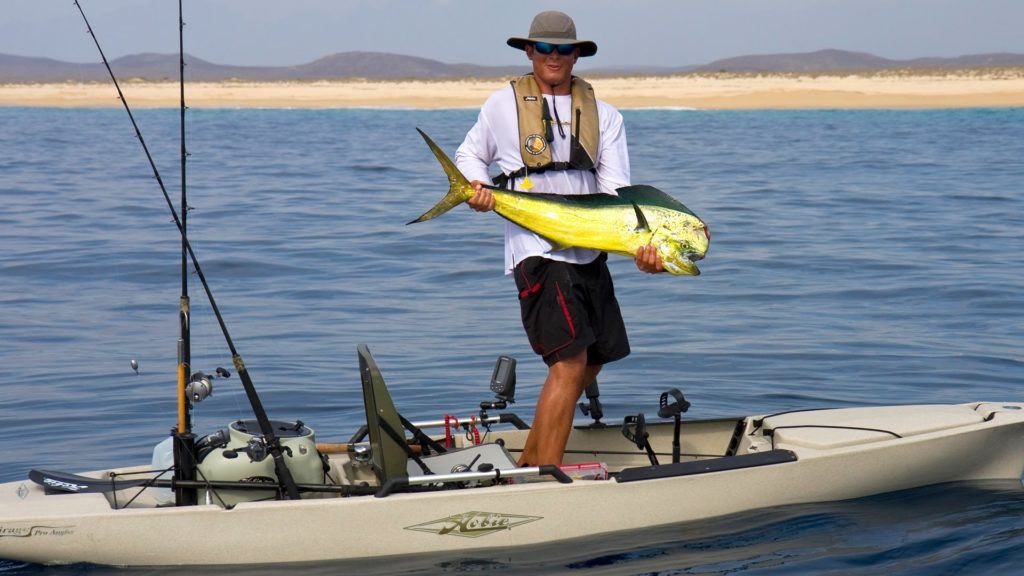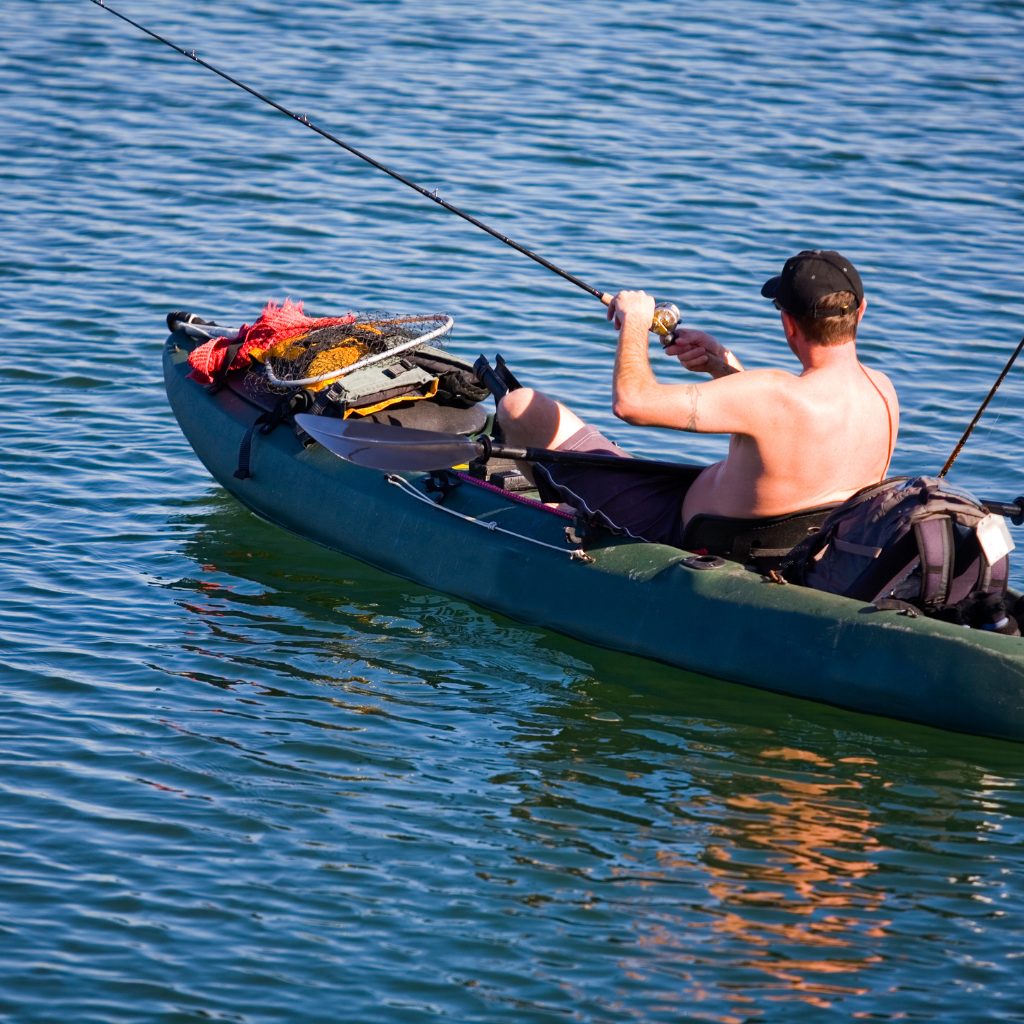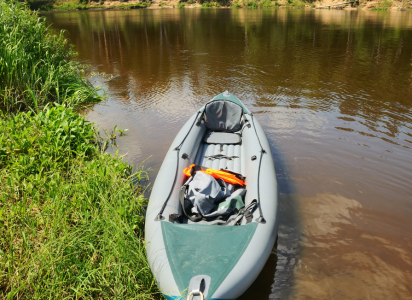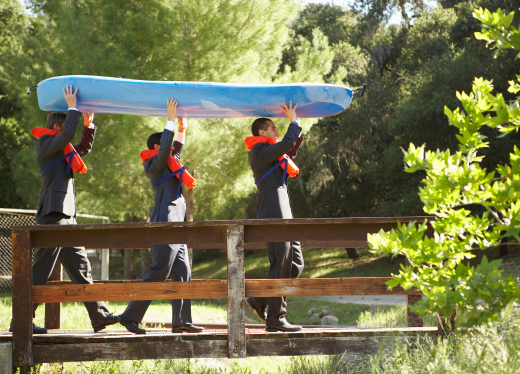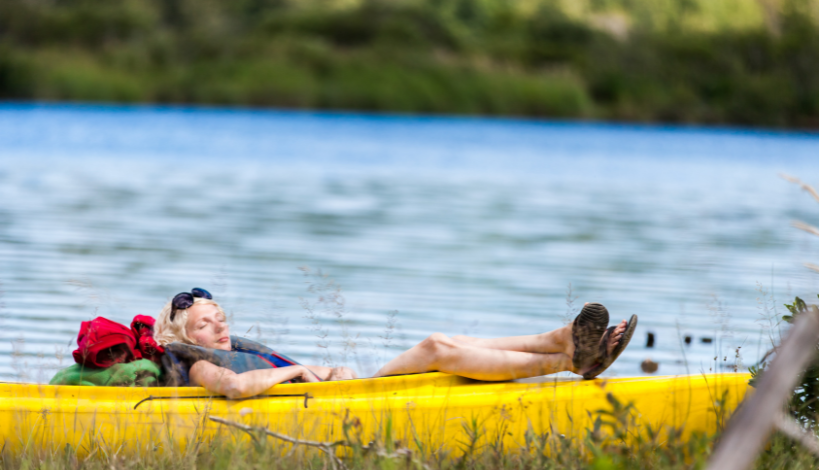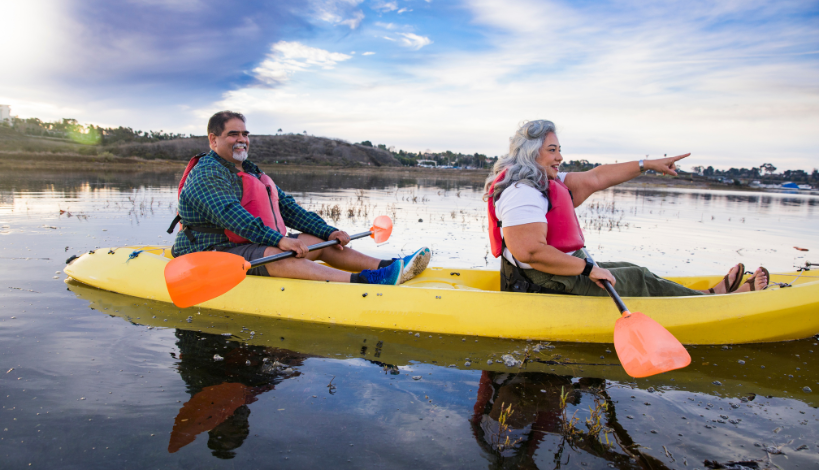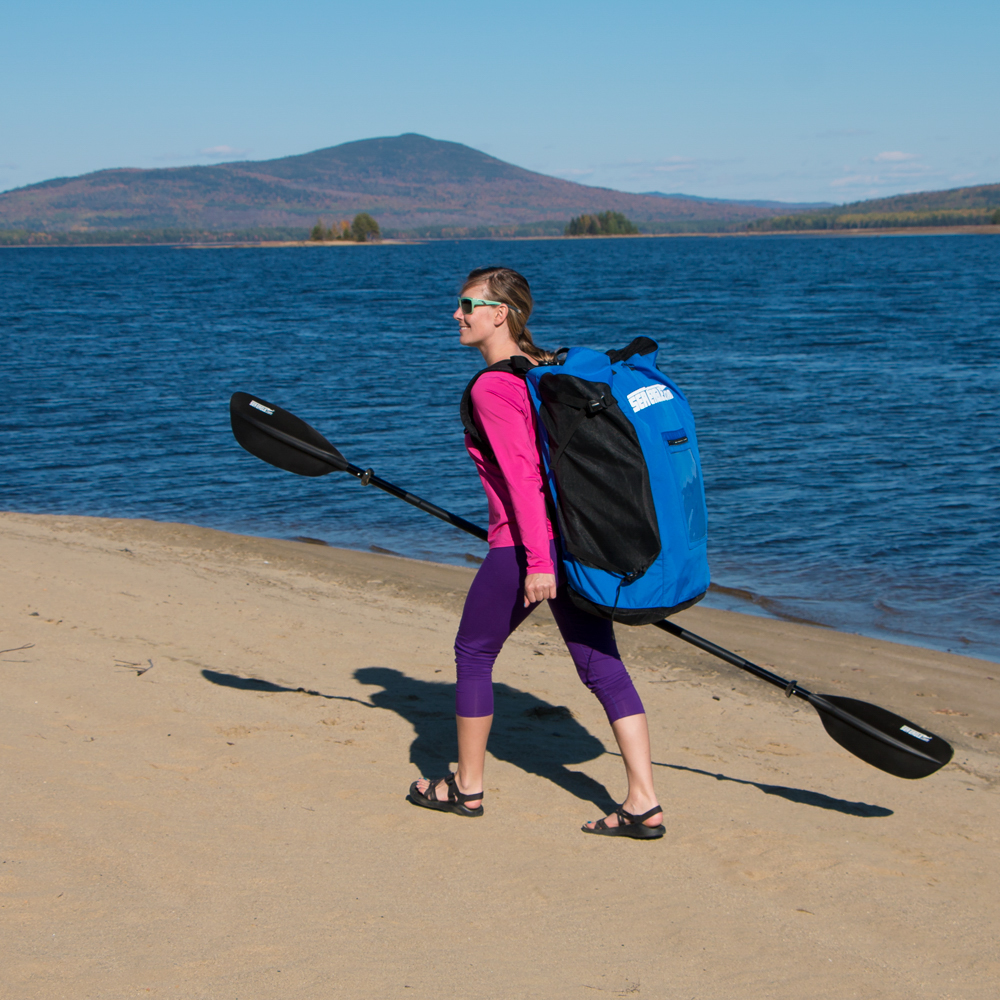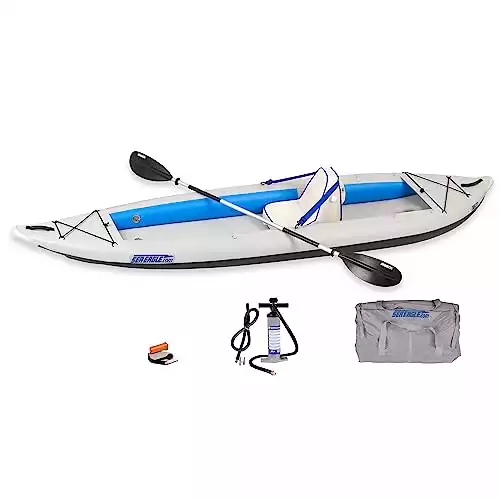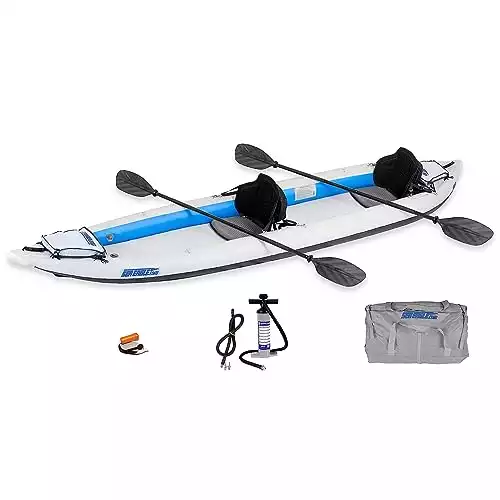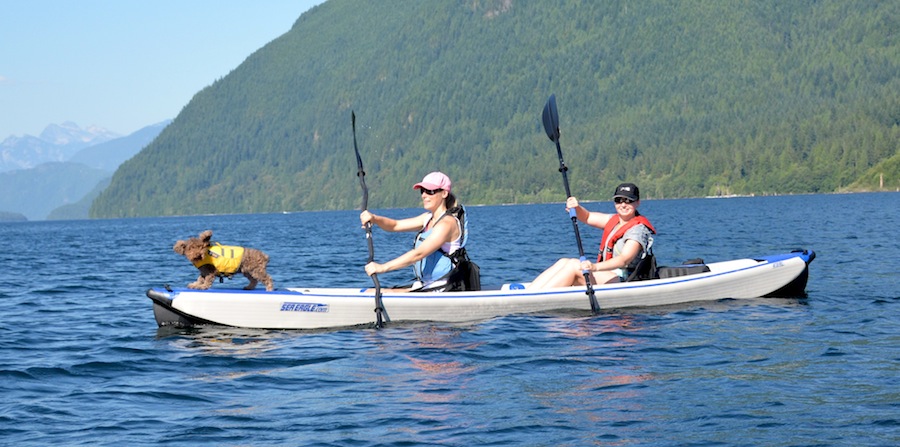Kayaking is near and dear to my heart (after all, this whole site is a labor of love) but if you’re kayaking in 60 degree weather, you’re not just worrying about the air temperature but also what temperature the water is.
When the temperature is chilly, it’s essential to dress appropriately to ensure you remain comfortable and safe during your kayaking adventure. I learned this lesson quickly when I went out kayaking in the winter months right here in San Diego. Never again, brrr!
What to Wear Kayaking in Crisp, 60 Degree Weather
This article is the ultimate guide to dressing right as you hit the crisp 60 degree waters!
#1. Start with a Wetsuit or a Drysuit

Wetsuits are an excellent choice for kayaking in cold water. They not only keep you warm but also protect you from abrasions in water. A full wetsuit, booties, and gloves work perfectly for cold water kayaking. If you don’t have a wetsuit, you can rent one from a local kayak outfitter.
Alternatively, I suggest you opt for a drysuit which would be a better option. A drysuit keeps water from entering your clothing and is designed to help maintain body temperature in cold weather.
It usually comes with waterproof gaskets at the wrists and neck and thick latex socks to keep your feet warm. However, bear in mind that drysuits are more expensive than wetsuits.
#2. Layer Up
Layering is essential when going for kayaking in low temperatures. Different layers help create a buffer between your body and the elements outside.
Start with thermal underwear, then add a mid-layer like a fleece. A waterproof jacket or a dry suit, as mentioned earlier, is also an excellent option for an outer layer.
#3. Footwear
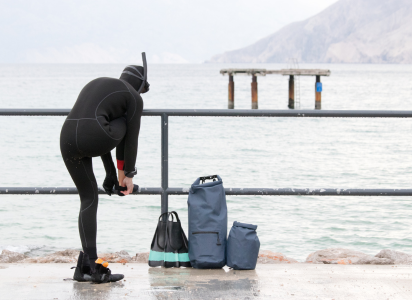
Ohhh, this is a tough one. The first time I didn’t take this advice to heart and laughed it off was the only time I didn’t wear proper footwear while out on a kayak in 60 degree temperature!
Cold temperatures can make your feet numb which can affect your balance on the kayak. To prevent this, ensure you wear warm socks and waterproof shoes or boots to keep your feet dry. Wet feet can lead to hypothermia, so it’s essential to keep them dry.
#4. Headgear and Gloves
Kayaking in cold weather means your extremities like your ears and hands are highly vulnerable to the cold. Wearing a beanie or a balaclava will keep your ears warm.
Lastly, gloves or mittens will keep your fingers warm, enabling you to grip the paddle comfortably.
#5. Choose Synthetic Fabrics

If you don’t have a wetsuit or a drysuit, synthetic fabrics can help keep you warm and dry while kayaking in cold weather.
Avoid cotton as it retains moisture, making it harder for you to retain heat. Dry clothes are more comfortable and will help keep you warm while you paddle.
#6. Gloves
Choose materials that provide insulation without bulkiness. Wool is a great choice as it keeps you warm even when wet, so it’s ideal if you’re likely to be splashed in cold water while kayaking.
Is It Safe to Kayak in 60 Degree Water?
Yes, it is safe to kayak in 60-degree water provided that you are equipped with the appropriate gear and follow safety guidelines.
Frankly, hypothermia is a huge concern in such conditions if you are not properly dressed, but with the right layers, a wetsuit or drysuit, and sensible precautions, you can comfortably and safely enjoy kayaking.
I always strongly suggest to check the weather conditions before you set out and ensure you have all the necessary equipment. Safety should be a priority when kayaking, regardless of the temperature, but due to the serious concern of hypothermia, sa
Is 65 Too Cold to Kayak?

No, 65 is not too cold to kayak. However, as with any water activity, it’s crucial to dress appropriately.
In this temperature range, it may be comfortable to wear lighter layers but it’s crucial to have a drysuit or wetsuit on especially if the water is cooler.
Remember this part: it’s not just the air temperature you need to consider, but also the water temperature and wind chill. Always prioritize safety and ensure you’re well-prepared before heading out on your kayaking adventure.
Is It Safe to Wear Shorts in 60 Degree Weather?
While it’s not unsafe to wear shorts in 60-degree weather, your comfort level will greatly depend on your tolerance to the cold and the type of activity you’re participating in.
In the context of kayaking, however, wearing shorts might not be the best choice. Even if the air temperature feels comfortable, the water temperature can be much colder.
Getting wet from paddling or from water splashes could potentially lead to hypothermia if not appropriately dressed.
That’s why I strongly advise to take a wet or dry suit into consideration: it’s easy to get super cold once cold water gets on you or you fall into the water by mistake.
Summary
There you go: these are all the tips I have you to dress well and to be prepared for kayaking in 60-65 degree weather.
With the right apparel, you can surely make your kayaking experience enjoyable and fun! And with the wrong apparel, a kayaking trip can turn dangerous in a moment’s notice, so please go well prepared and well dressed!

